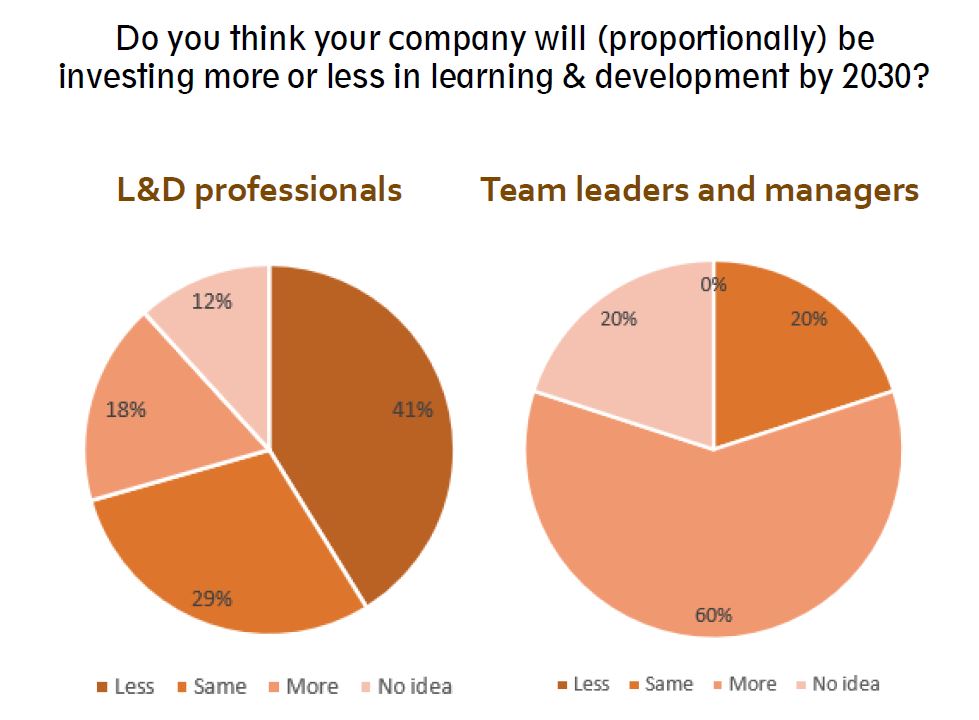How do we start talking about unconscious bias in the workplace?
“We know what unconscious bias is, and why it’s important. But we don’t know how to start having a conversation about unconscious bias in the workplace in our organisation”. This was a statement from leaders from a multi-national pharma company headquartered in Europe. Any organisation which is trying to build diversity and manage unconscious bias will start with this, or a similar statement. We worked with the group to break their words down into 3 sub questions and this post shares how we worked with our client to answer these questions.
Should we start with training?
Training seems an obvious place to start. But if you can’t make it mandatory (and ensure that 100% of your employees attend), the people who attend training will be self-selecting. We see this time and again on our training courses, when we hear the common comment “Person X should really attend this training”. Person X is usually a senior manager or a ‘problem’ colleague who probably really needs the training, except that no one seems willing to tell them!
Running training courses is also not practical for many industries. For example, about 50% of the employees of our pharma client work in labs. Small teams with a constant workflow will find it difficult to leave their workstations to attend training.
We are not saying that training is not part of the solution, just not the solution. In the next section you will see some ideas on how to work with people on this topic outside the training room.
How can we support attitude changes?
A workplace is a collection of people with different backgrounds, experiences and views. Everyone is entitled to their views but at the same time we have a right to ensure that the people who work with us work to our goals and values. ‘Inclusion nudges’ are a very effective way of achieving this. An inclusion nudge is defined as “a relatively soft and non-intrusive mental push that mitigates implicit bias and helps the brain make more objective decisions”[1]. Here are 3 types of nudges with examples:
Feel the need
In one organisation we work with, 24.5% of employees are women. What percentage of executives in the company do you think are women? The answer is 7.1%. What do you think about the gap between the two figures? This is an inclusion nudge based on data that aims to help people ‘feel the need’ for change by creating a kind of ‘ah-ha’ moment.
Process
A Process Nudge means changing a system or organisational process in order to eliminate bias by default. Changing the way you conduct meetings or screen candidates are examples of this kind of nudge. We know companies who use a Gender Decoder [http://gender-decoder.katmatfield.com] to ensure the language in job ads is not biased to male candidates.
Framing
The way we frame things can also nudge our brains to think differently about bias. Consider the question “Should we hire more women and ethnic minorities?” reframed as “Are we getting our fair share of the talent that is out there?” Which question would steer you to take action?
Inclusion nudges are a simple and cost-effective way to start working on attitudes and behaviours and they can be launched anywhere and anytime; on a poster in the office corridor, on the intranet, in a conversation in the canteen over lunch. In the next section you will read more advice on how to get these kinds of conversations going.
For more ideas on how to create nudges to reveal bias, see the post 9 Questions to Uncover Unconscious Bias:
How do we convince people this is an important topic?
To put the question another way – what will motivate people to get interested and want to do something about it? For some this will simply be a matter of politics or ethics, i.e. it’s just the right thing to do. For others, this may not seem a topic that impacts their jobs. However, something that will appeal to everyone is the success of the business.
Two of the biggest concerns for organisations we work with are talent acquisition and employee engagement. Removing bias is a key component of managing these challenges. You just saw the link between bias and talent acquisition in the framing example above. Consider another common question, “How can we increase our employee engagement scores?”. Now let’s reframe the question as “Which people in our organisation don’t have a voice and how can we involve them more?”
In other words, by addressing diversity and inclusion we can find a way to address some of the biggest challenges that organisations face today. For more examples of the link between bias and common challenges faced by organisations, read this post What Is Unconscious Bias and Why Does It Matter?
Tackling unconscious bias in organisations means starting conversations that will interest and motivate people to do something about it. The key to doing this is to make the link between bias and what is important to everyone in the organisation.
Read more in this post…
We hope you enjoyed reading this post. If you would like to know more about our experience of working with clients in this area, feel free to contact us. Or, take a look at some of our training solutions in this area.
[1] Inclusion Nudges Guidebook: Practical Techniques for Changing Behaviour, Culture & Systems to Mitigate Unconscious Bias and Create Inclusive Organisations https://www.amazon.com/Inclusion-Nudges-Guidebook-Unconscious-Organisations/dp/152363541X
















